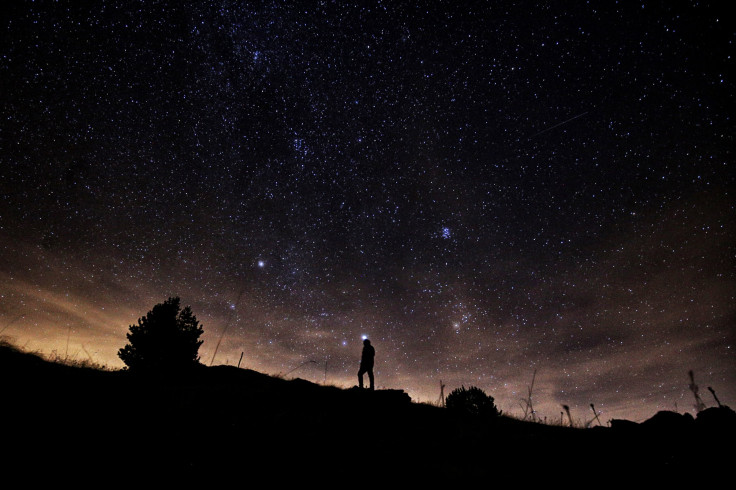Eta Aquarids: Tips For Watching This Week's Meteor Shower Peak
KEY POINTS
- Those who wish to witness the sky event should prepare to wake up very early
- They may also opt to have a full night out
- Viewers should come a bit earlier so their eyes can adjust before the event starts
- They should be patient and allot ample time for viewing
The Eta Aquarids meteor shower is peaking this week. Sights are best from the Southern Hemisphere, but those in the Northern Hemisphere can have a good view of the sky event, too.
The Eta Aquarids are currently active and are expected to peak on the evening of May 5 to the early morning of May 6. Although the sky event is visible from both the Northern and Southern hemispheres, the Southern Hemisphere is said to have preferable conditions for viewing it because its radiant, the constellation Aquarius, is higher there. As NASA explained, the higher the radiant is, the more meteors one may see.
That doesn't mean, however, that Northern Hemisphere skywatchers don't have a chance to witness a good meteor shower. The Eta Aquarids have a fairly short one- to two-hour window to view because the radiant for it rises just a few hours before dawn. For viewers in the Northern Hemisphere, they can still expect to see 10 to 30 meteors per hour "just before dawn," according to the American Meteor Society (AMS).
For instance, in the Washington, D.C. area, the radiant will rise above the eastern horizon at 2:40 a.m. EDT, with the predicted peak this year expected to be around 4 a.m. A little later and the light of the dawn will begin interfering with skywatching, NASA noted. This means that those who would like to catch a glimpse of the Eta Aquarids should prepare to either wake up very early or go on a full night out.
To have a better view of the Eta Aquarids, or any other meteor shower for that matter, it is best to go to an area that's far away from city or street lights. Since the Eta Aquarids have a pretty short window to view, it might be good to come to the site a little bit earlier to give one's eyes time to adjust before the event begins.
Usually, the eyes take about 30 minutes to adjust to the darkness before they begin to see meteors, so it would be wise to take the adjustment period into consideration. According to NASA, even small light exposures, like getting exposed to light from passing cars or phones, could mess with a person's ongoing adaptation process, so one has to be careful to avoid such bright artificial lights.
Moreover, it's also best to pack a lot of patience and really allot ample time for viewing to maximize the opportunity. The AMS recommends giving it at least an hour.
"(Y)ou may see no activity for 10-15 minutes and then many meteors within a few minutes," the AMS noted. "If you limit your watch to less than an hour, you may witness one of those short lulls and be dissatisfied with your results."
Bringing a sleeping bag, blanket or chair may also make for more comfortable viewing. NASA recommends lying flat on one's back with feet facing the east and having as much of a view of the sky as possible.
Those who may miss the viewing on the evening of the peak may try in the days before and after the event since the activity is said to be "good for a week" around the peak.

© Copyright IBTimes 2024. All rights reserved.





















